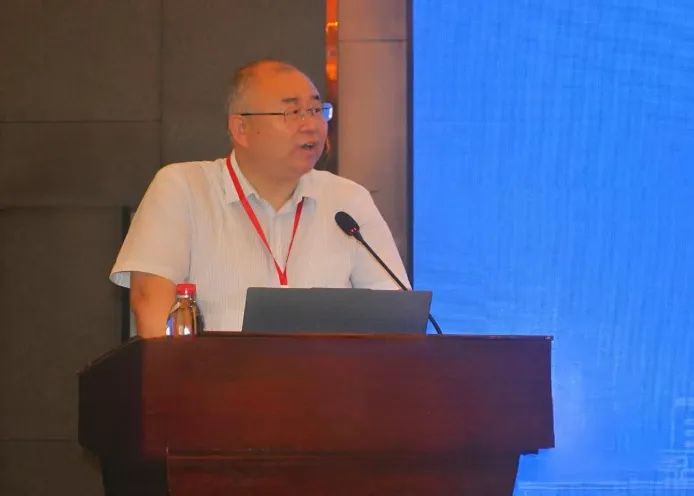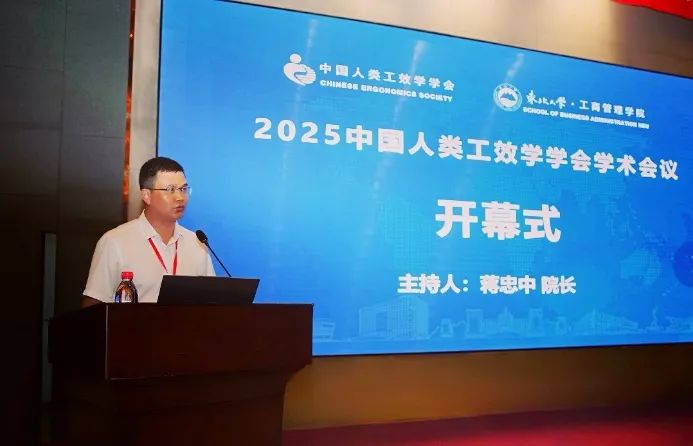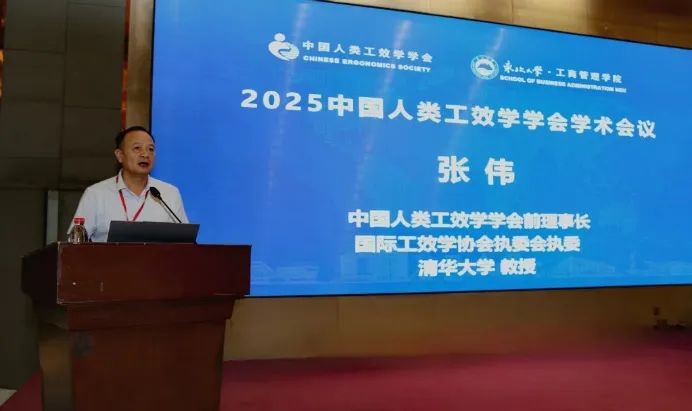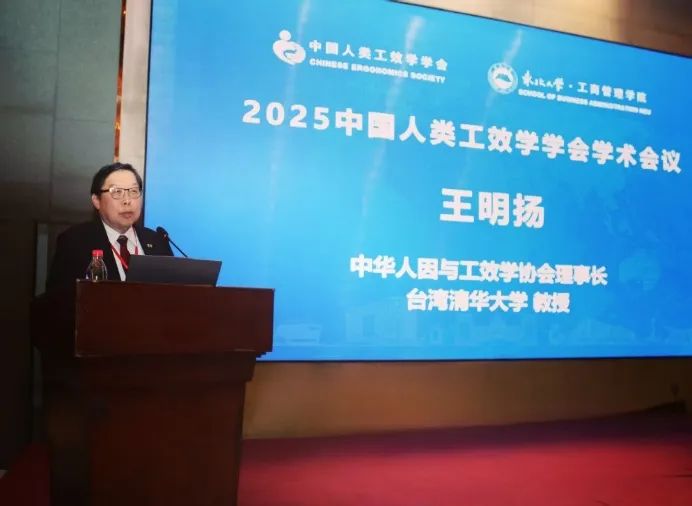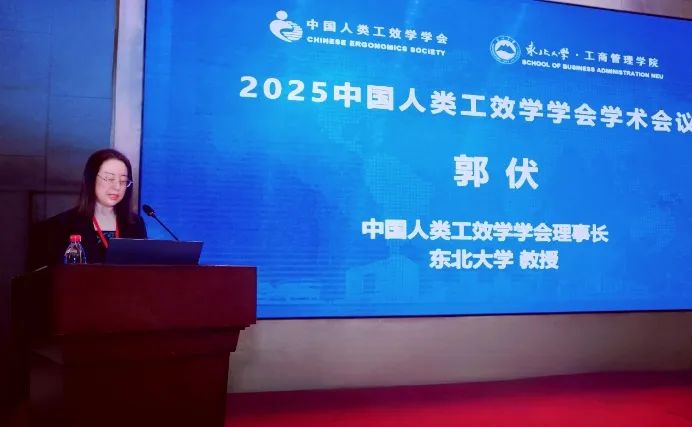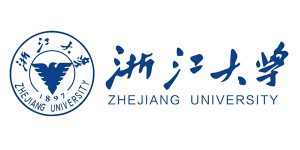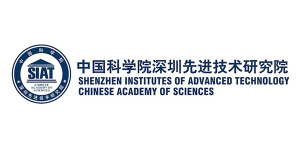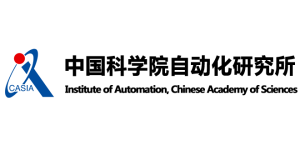On July 4-6, 2025, the Academic Conference of Chinese Ergonomics Society was held in Northeastern University, Shenyang. With the theme of "AI-enabled Human Factors Engineering", the conference explored the opportunities and challenges faced by ergonomics in the era of artificial intelligence, shared the latest research and practice results in various fields of ergonomics, and strengthened the communication and cooperation between experts and scholars in the field of ergonomics. The conference was hosted by the Chinese Society of Ergonomics and organized by the College of Business Administration of Northeastern University, with the support of the International Ergonomics Association, the Teaching Guidance Committee of Industrial Engineering of the Ministry of Education, and the Steering Committee for Graduate Education of Engineering Management Degrees of Higher Education Institutions, etc. More than 300 delegates from colleges and universities, scientific research institutes, and enterprises across the country participated in the conference. Mr. Wang Xingwei, member of the Standing Committee of the Party Committee and Vice President of Northeastern University, delivered a speech, and Mr. Jiang Zhongzhong, Dean of the School of Business Administration of Northeastern University and Special Professor of the Ministry of Education of the People's Republic of China for National Significant Talent Project, hosted the opening ceremony.



Wang Xingwei expressed his heartfelt thanks to the Chinese Society of Ergonomics for its trust in Northeastern University. Wang Xingwei pointed out that Northeastern University is vigorously implementing the "Prosperity Project of Humanities and Social Sciences", and continues to explore the opportunities and paths to build a strong liberal arts department, and the convening of this conference provides a new development opportunity for the construction of the liberal arts department of Northeastern University. The development of ergonomics in China is closely in line with the national strategy and the needs of economic development, and the conference, with the main theme of cross-disciplinary integration, will surely help ergonomics research continue to innovate and develop.
Mr. Jiang Zhongzhong expressed his sincere welcome and heartfelt thanks to the guests. Jiang Zhongzhong emphasized the important role of ergonomics in China's national defense construction, economic development and the improvement of the quality of life of the residents, and said that the convening of this conference will surely promote the innovation and development of various research fields of ergonomics, and enhance the domestic and international influence of ergonomics.
Prof. Zhang Wei of Tsinghua University, former President of the Chinese Society of Ergonomics, delivered a speech. Zhang Wei introduced the development history of the Chinese Society of Ergonomics, affirmed the status and role of the Chinese Society of Ergonomics in the international ergonomics associations and the achievements of Chinese scholars in the field of ergonomics, and analyzed the opportunities and challenges facing the development of ergonomics.
Prof. Ming-Yang Wang, Chairman of the Board of Directors of the Chinese Association of Human Factors and Ergonomics (CAHE) and Professor of Tsinghua University, Taiwan, delivered a speech. Mr. Wang recalled his deep feelings after visiting Northeastern University several times, and pointed out that ergonomics is now facing a critical period of transition from traditional research to intelligent and interdisciplinary direction. Combined with the theme of "AI-enabled Human Factors Engineering", he called for deeper cooperation between the academia and the industry in order to transform the theories of ergonomics into practical business applications and social welfare.
On behalf of the Society and the organizer, Professor Guo Fu of Northeastern University, chairman of the Chinese Society of Ergonomics, extended a sincere welcome to the participating experts and scholars. Guo Fu introduced the development status of the Society, analyzed the characteristics of the development of the discipline of ergonomics, and summarized the achievements in talent training, academic research, standard system construction, and industrial applications. He called for the strengthening of academic exchanges between the chapters and the promotion of the integration of ergonomics with artificial intelligence and other emerging technologies.
Thirteen experts were invited to present wonderful presentations on different research fields of ergonomics.
Tsinghua UniversityProf. Li ZhizhongHe presented "Progress of Human Factors Safety Theory for Complex Human-Machine Tightly Coupled Systems", which explained the formation mechanism of abnormal operation behavior and human-machine conflict, proposed an integrated human-machine modeling method, and established a human factors safety analysis framework covering the whole life cycle of the system. Associate Vice President for International Cooperation and Exchange, Korea Advanced Institute of Science and Technology (KAIST)Prof. Xiong ShupingIn the conference, Mr. Wang presented "Intuitive Interaction Techniques for Goal Selection and Omnidirectional Mobility in Virtual Reality", introducing a series of intuitive interaction techniques developed to improve the efficiency of goal selection and the naturalness of omnidirectional mobility without the need for additional wearable devices. Chairman of Intelligent Interaction and Experience Section, Chongqing University, ChinaProf. Yi ShupingIn this paper, we published a report on "Human-Intelligent Body Collaboration in Human-Centered Intelligent Manufacturing and Its Human Factors", which proposed a human-intelligent system collaborative dual-intelligent body working mechanism composed of functional modules of "Enhanced Perception, Communication and Interaction, Dynamic Feedback, Collaborative Decision-Making, and Continuous Learning and Adaptation". The working mechanism of human-intelligent system synergy. Chairman of Design Ergonomics Section, Southeast University, ChinaProf. Chengqi XueThe report "Development Trends and Reflections on Research on Human Factors Design for Aging" introduced the current development trends of research on human factors design for aging and put forward a series of suggestions and reflections on the research on the overall technical requirements of ergonomics for aging in community services as an example. Chairman of Management Ergonomics Branch, Shanghai Jiaotong UniversityProf. Zohua JiangIn a paper entitled "Visual Cognition in Group Decision Making in Engineering Design", the research process of visual cognitive characteristics of interdisciplinary group decision making in engineering based on technical focus was introduced, and the visual cognitive mechanism that the complexity of technical focus in interdisciplinary group decision making positively affects the allocation of attention mainly through contextual relevance was revealed. Director of Occupational Ergonomics Branch, Peking University, ChinaProf. He LihuaIn this paper, he presented "Ergonomics for Healthy China: Prevention and Control of Work-Related Musculoskeletal Disorders", emphasizing that work-related musculoskeletal disorders have become an important issue that has received widespread attention in the field of occupational ergonomics and occupational health, and introducing the progress of the epidemiological study of work-related skeletal disorders in China and the comprehensive prevention and control methods of musculoskeletal disorders. He introduced the progress of epidemiological research on work-related skeletal disorders in China, as well as the all-round and multi-angle prevention and control methods of musculoskeletal diseases.
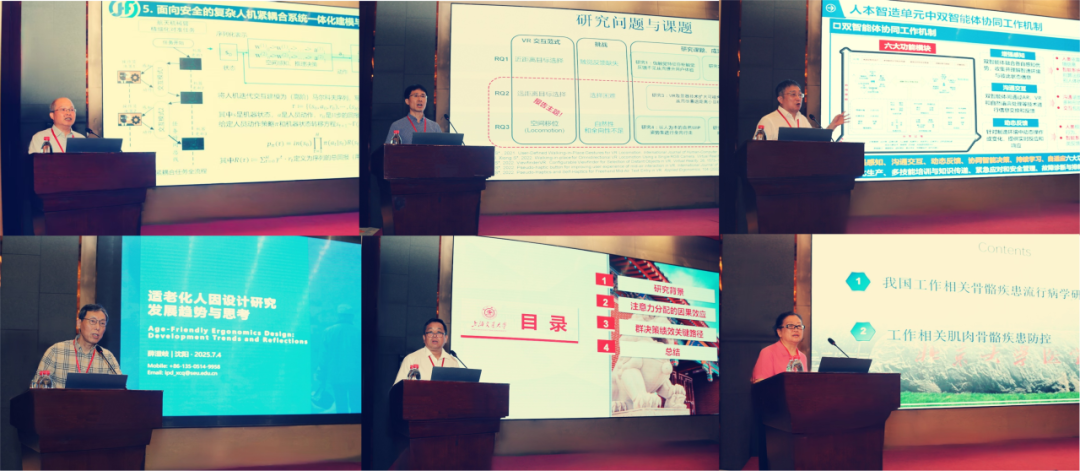


Director of Cognitive Ergonomics Branch, Zhejiang UniversityProf. Shen MoweiIn the report "Novel Interaction between Human and Intelligent System: Design Based on Intent Recognition", he researched on the cognitive mechanism of human intent recognition, designed a framework for human-like intent recognition interaction, and verified it in multi-device interaction scenarios. Chairman of Safety and Environment Section, Sinosteel Wuhan Safety and Environmental Protection Research InstituteResearcher Xianhua WangIn addition, the company published a report on "Transformation and Development of Digital Intelligence for Safety Supervision in China's Iron and Steel Industry", which combines technologies such as the Internet of Things, Big Data and Artificial Intelligence to build a closed-loop management system of "monitoring and early warning - dynamic assessment - intelligent decision-making", and realizes the whole process of safety risk management and control. Control. Chairman of Biomechanics Branch, Air Force Specialty Medical CenterWang Xingwei, Senior EngineerMr. Wang delivered a report on "Progress of Research and Application of Aviation Anthropometry", which introduced the research content of aviation anthropometry, related national standards and national military standards, instrumentation, technical methods and the latest research results. Chairman of Ergonomics Branch, China Agricultural UniversityProf. Enrong MaoThe report "Progress of Research on Ergonomics Design Methods for Cabs of Modern Agricultural Equipment" was published, focusing on the ergonomics design of cabs of modern agricultural equipment, and introducing the research progress on virtual design and evaluation, intelligent control interface matching, driving comfort and cab design methods. Chairman of Ergonomics Standardization Sub-committee, China National Institute of Standardization (CNIS)Researcher Xin ZhangThe report "Latest Developments in Ergonomics Standardization" was presented to systematically analyze the national standard system of ergonomics and introduce the latest developments in ergonomics standards at home and abroad, especially in the fields of anthropometric measurements, intelligent systems, ageing-friendly design, service ergonomics and visual fatigue evaluation. Institute of Highway Science, Ministry of Transportation and CommunicationsResearcher Li HonghaiIn this paper, he presented a report on "Research and Prospect of Testing Technology for Intelligent Vehicle-Road Collaboration System", which introduced the connotation of intelligent vehicle-road collaboration system and the current development status at home and abroad, described in detail the methods and steps related to the testing technology from the three aspects of equipment testing, system testing and traffic effect testing, and put forward a four-pronged research outlook. City University of Hong KongChen Haisouconcurrent postProfessor(Editor-in-Chief of International Journal of Industrial Ergonomics) delivered a presentation on "Mastering Academic Writing: From Manuscript Preparation to Peer Review", focusing on analyzing the content of editorial review before sending papers for review: key comments, methodological and analytical issues, ethical and integrity issues, etc., helping scholars to deeply understand the peer review process and enhance their publication success. The presentation focused on key comments, methodological and analytical issues, ethical and integrity issues, etc., which helped scholars understand the peer review process in depth and improve the success rate of paper publication.
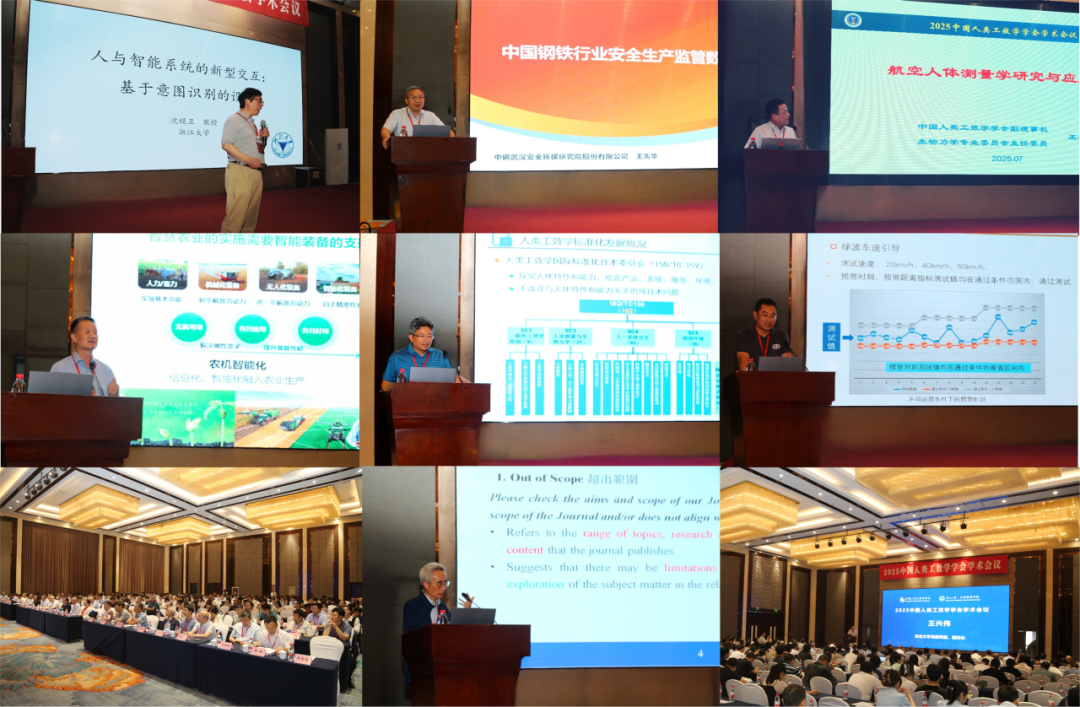


On the evening of July 5, the conference held an award ceremony for the winning papers. College of Business Administration, Northeastern UniversityParty Secretary Han BinIn his speech, Han Bin said that in the face of the wave of AI, the Academy is willing to join hands with the Society and colleagues from all walks of life to be the explorer of integration, the enabler of transformation, and the shaper of talents, and expects that this meeting will become the curator of the collision of new ideas, and the starting point of the sailing of new cooperation. Chinese Society of ErgonomicsProf. Ruifeng Yu, Secretary-GeneralHosted the awarding of the winning papers. Prof. Wang Baoguo from Beijing Institute of Technology, Prof. Yu Shanfa, Director of Healthcare Ergonomics Branch, GM Gu Hongjian, Director of Automotive Ergonomics and Ergonomics Branch, and Prof. Chen Dongsheng, Director of Smart Wearable and Clothing Ergonomics Branch, served as the awarding guests, and presented the award certificates to the 15 authors of the excellent papers.



On July 6, the conference organized 14 sessions and more than 80 presentations, focusing on the topics of complex systems ergonomics, human-machine engineering, management ergonomics, design ergonomics, cognitive ergonomics, intelligent interaction and experience, medical ergonomics, occupational health and other topics to carry out in-depth academic exchanges.



The Academic Conference of 2025 China Ergonomics Society was held to build a bridge for academic exchanges among the chapters, show the fruitful results of the theoretical innovation and practical application of ergonomics, and promote the in-depth cooperation between industry, academia and research. Experts and scholars gathered consensus in the exchange, clarified the direction in the discussion, and promoted the integration of ergonomics with artificial intelligence and other emerging technologies.
Congratulations to the 2025 Chinese Ergonomics Society Academic Conference for a successful outcome!



Editor | Ng Yan Yan
Editor in Chief



The Academic Conference of the Chinese Society of Ergonomics was successfully held at Northeastern University on July 4-6, 2025, during which the 恒挚 Technology Ergonomics Technology Exchange Workshop was held, which built a high-quality platform for the exchange of ergonomics technology in the industry.
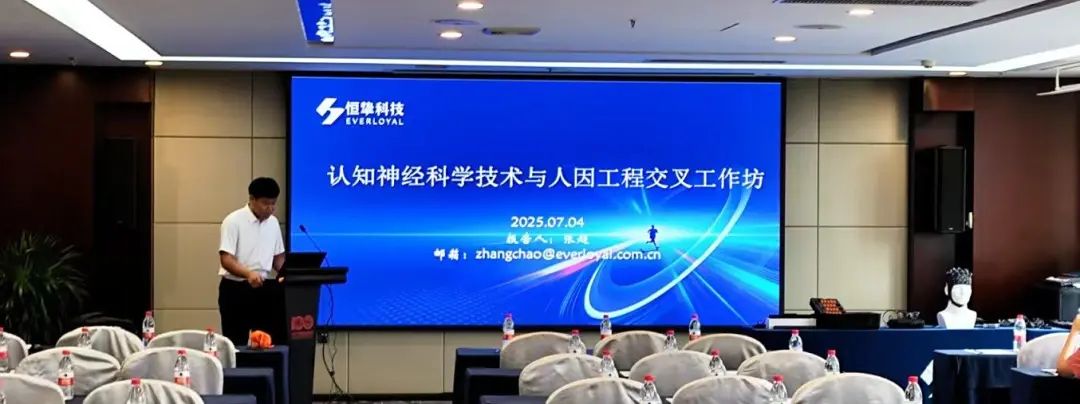

Senior engineers from 恒挚 Technology brought wonderful case sharing to this seminar. The R&D engineers introduced the design practice of intelligent in-vehicle interaction system: by collecting finger trajectory and visual attention data and using machine learning algorithms to optimize the interface layout, it effectively improves the safety of driving operation; some other engineers shared the implementation experience of the industrial operation training project, which evaluates trainees' skill level by integrating finger trajectory and physiological signals, thus providing targeted guidance. These cases provide new ideas for the application of technology in different fields.
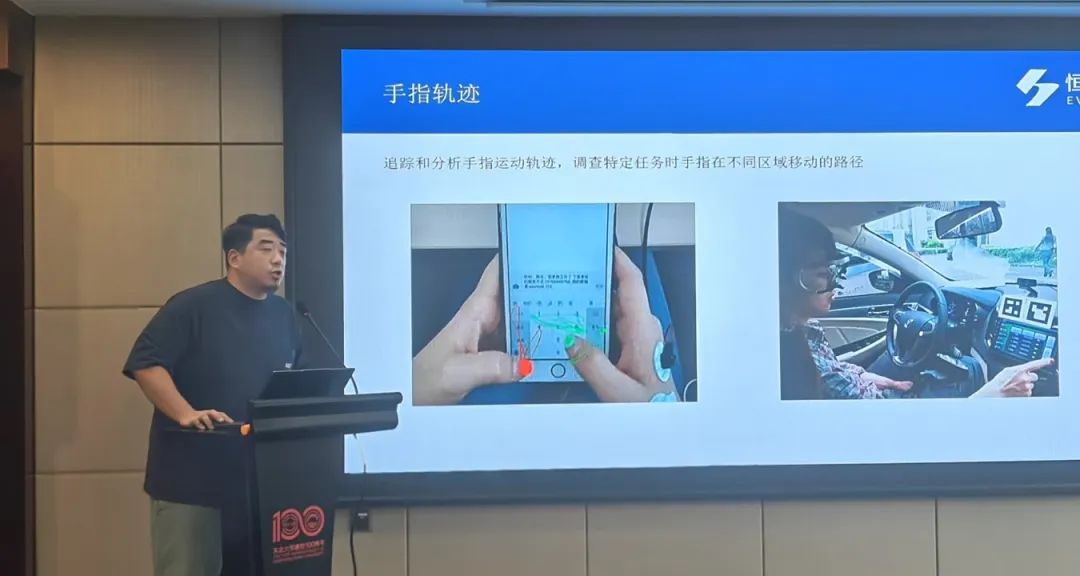

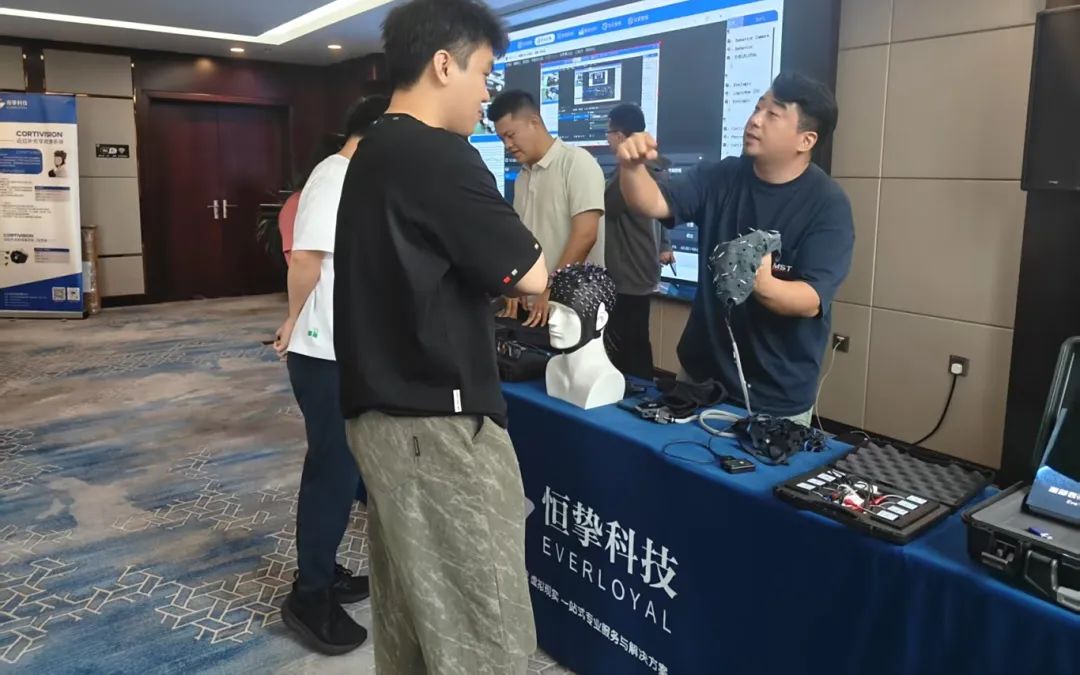


In order to let participants experience the practical value of finger trajectory and multimodal ergonomics technology, the workshop set up a special hands-on session. The technical team provided participants with a set of advanced experimental equipment and software tools, and guided them to experience the whole process of technology application, including data collection, analysis and application design.



During the communication session, participants discussed the challenges of data collection and effective strategies for industry promotion, etc. 恒挚 engineers guided the whole communication process and shared the experience of technology implementation and school-enterprise cooperation mode, which further stimulated the innovative thinking of the participants. The hands-on session helped participants to experience the charm of technology in interactive application design through the support of equipment tools and guidance on multimodal data collection and analysis, which effectively enhanced their practical skills.
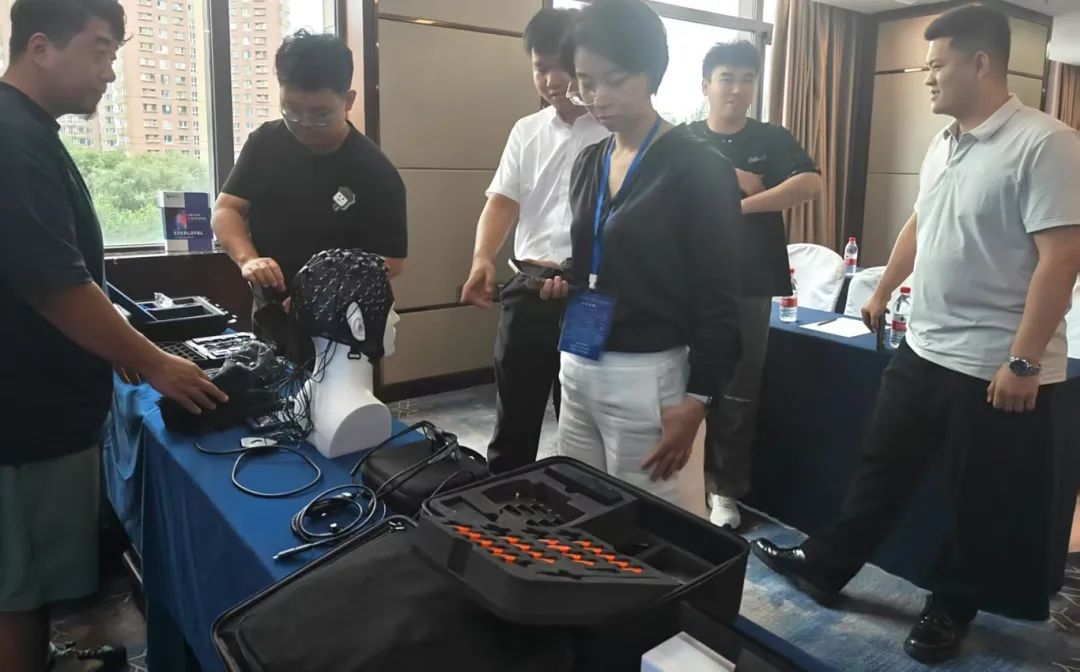


The 恒挚 Technology Human Factors Ergonomics Technology Exchange Workshop was successfully organized based on the academic conference of the Chinese Society of Ergonomics, which created a high-quality exchange and learning platform for the participants. Through rich and diversified activities, the workshop not only promoted the application and development of ergonomics technology in various fields, but also strengthened the cooperation and linkage between universities, research institutes and enterprises. Looking ahead, 恒挚 Technology is expected to expand its development space in this field and contribute more important power to the progress of human society.
Company Profile



With excellent innovation ability, Hengbest Technology has been awarded many invention patents, software copyrights and registered trademarks, selected in many authoritative lists such as National High-tech Enterprises, and participated in the compilation of national standards and group standards. The company has been serving universities and research institutes for a long time, and has cooperated deeply with many national societies such as the Chinese Society of Ergonomics, the Chinese Psychological Society, the Architectural Society of China, etc. The company organizes and participates in more than 40 academic conferences every year to promote technical exchanges and the development of the industry.
恒挚 Technology upholds the concept of "doing our part for the cause of scientific research", and is committed to becoming a leading scientific research-supporting science and technology enterprise, contributing to the progress of national science and technology and social development, and joining hands with partners from all walks of life to achieve a better future empowered by science and technology.
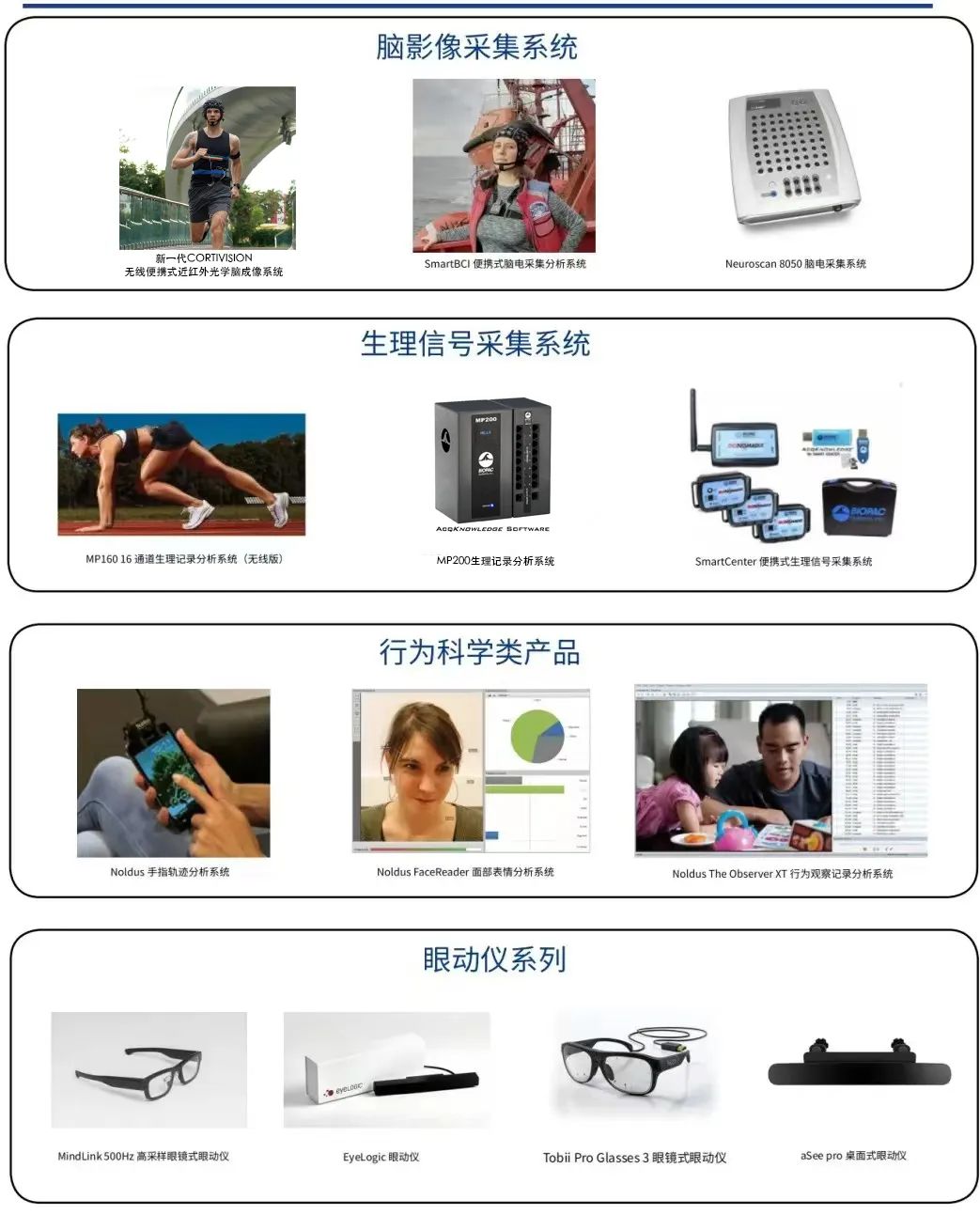


Scan the code to follow us




